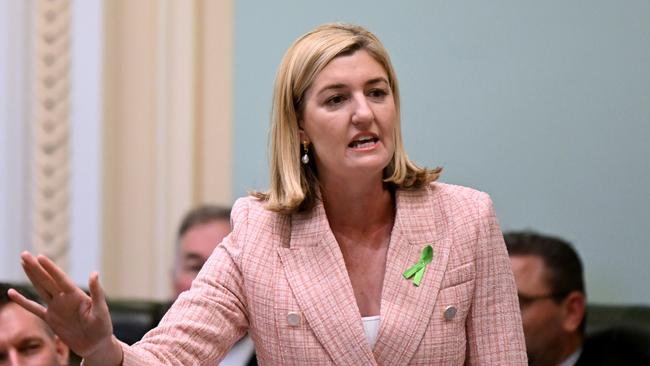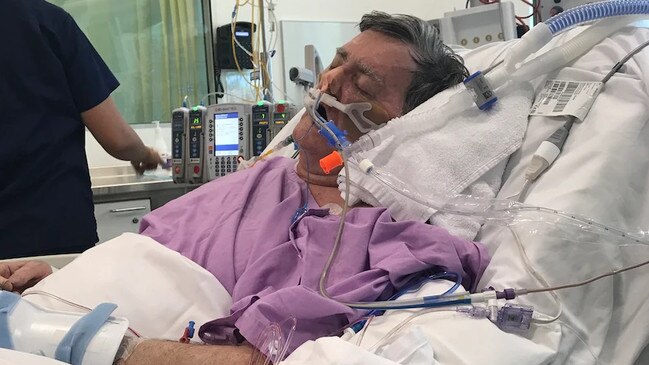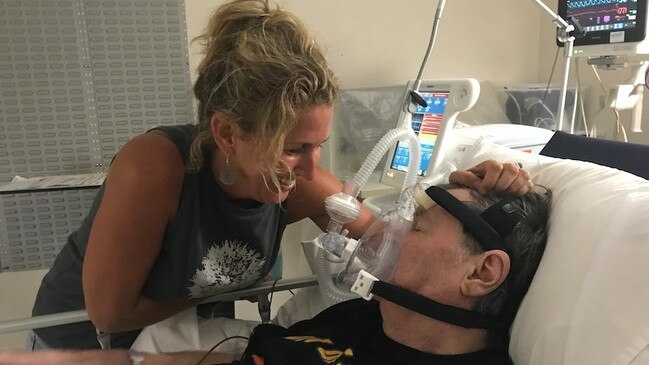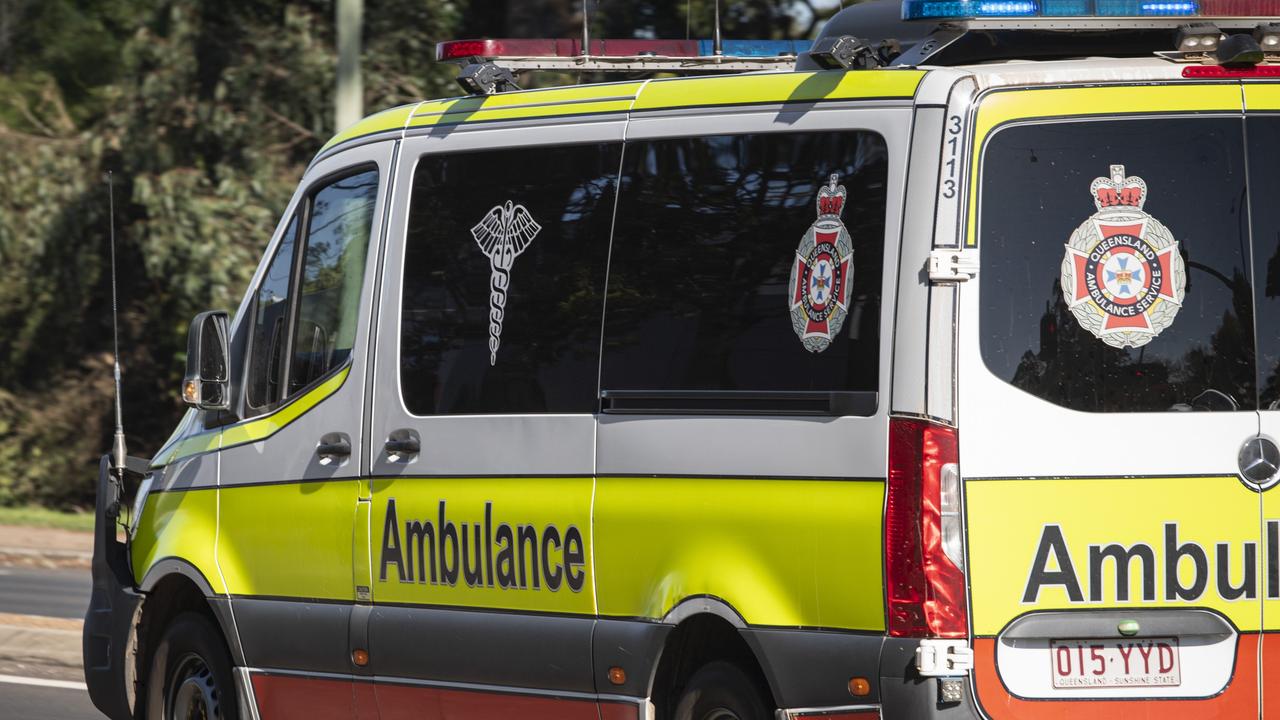‘Extremely alarming’: Teen vaping hospitalisations soar
Vaping-related illnesses for teens are on the rise and there is “extremely alarming” fears things could get even worse. VOTE NOW

QLD News
Don't miss out on the headlines from QLD News. Followed categories will be added to My News.
As vaping rates among teenagers soar so are hospitalisation rates among 15 to 19-year-olds for vaping related illnesses.
According to new data from Queensland Health vaping hospitalisations have increased since 2020 with teens making up almost a quarter of admissions, and some required surgery.
In the 2020/21 financial year hospitals in Queensland treated 42 vaping-related illnesses, a 425 per cent increase on the previous year.
Patients who vape also stayed in hospital longer in the year up to June 2022, an average length of six days in comparison with the average of two days for the previous year.
There was an overall decrease between 2022 and 20233, down to 25 vaping patients, however admissions for serious vape-related illnesses.

Two pneumothorax cases – a condition causing the lungs to collapse because air leaks into space between the lungs and chest wall – were reported from January 2020 to June 2022.
Over the 12 months to June 2023, five vaping patients were diagnosed with pneumothorax.
In addition, over the last two years five patients suffered potentially life threatening haemorrhaged respiratory passages.
Health Minister Shannon Fentiman said the data, which included two children aged under five who were admitted to hospital with vape-related issues, was “extremely alarming.”
“We know that vape manufacturers are clearly targeting children and young people, with bright colours and sweet flavours,” she said.
“The Palaszczuk Government will not stand by and let the next generation become addicted to nicotine and vaping, while exposing our health system to further unnecessary burdens.”
The Government response to the Parliamentary Inquiry into Vaping will be tabled in the coming weeks.


The data did not come as a surprise to Airlie Beach resort owner Pam Ashdown, whose late husband holds an unenviable title.
“I’ve been told he’s probably the first person to officially die from vaping in Australia,” she said.
She said vaping was suggested to him as a safe alternative to smoking, which he wanted to quit because he was going to be a grandpa.
“He had no side effects, nothing he was, he was fine, he had no cough, nothing we wouldn‘t have even known he was vaping there was no smell, no anything,” she said.
“And then he went from not feeling well, short of breath to being on life support in 24 hours, so.”
The family requested an autopsy after making the heartbreaking decision to turn off his life support.

“The saddest part for me was that the doctor said to me ‘Pam, this is something I thought I would never ever say, but you realise that if he kept smoking he probably would have been alive’, and that’ the part that kills me,” Ms Ashdown.
“The government is responsible. Why allow them? Why have them at all? It‘s like selling poison.”

It found the 71-year-old died from an acute lung injury, which met most of the criteria for EVALI, a new lung illness emerging among vape or e-cigarette users.
However, Chairman of the Vaping Association of Australia, Rhys Callender, accused the government of attempting a futile prohibition of vapes.
“Prohibition does not, and has never worked,” he said.
“The only path forward to protect our youth from these unregulated devices is to create a regulated market … which will all but eradicate the black market”
He said the biggest health problem related to vaping right now is “nicotine poisoning among our youth.”
“These unregulated disposable devices flooding in from China contain extremely high levels of nicotine,” he said.
“The nicotine has been modified to be smooth to inhale, allowing them to take in more than they would typically, as they chase the ‘headspin’ that comes from excessive nicotine consumption.”
Courier Mail subscription offer: What you get as a subscriber
The VAA is a national association representing legitimate, specialised, Australian owned vaping businesses, including retailers, manufacturers and distributors hoping to achieve proper regulation of the vaping industry.
It is not just lung related illnesses that should have vapers of unregulated devices concerned.
Damage to the mouth, throat, teeth, and gums is the fallout from regular vaping — even if there is no nicotine, according to Queensland Health.
Chief Dental Officer Dr Mark Brown said there is increasing evidence that vaping may impact oral health and use of e-cigarettes.
“When vape juice is heated it can potentially damage enamel and irritate soft tissue,” he said.
“As the ingredients tend to be thick and sticky, vapers may be at a higher risk of developing tooth decay and gum disease.”





